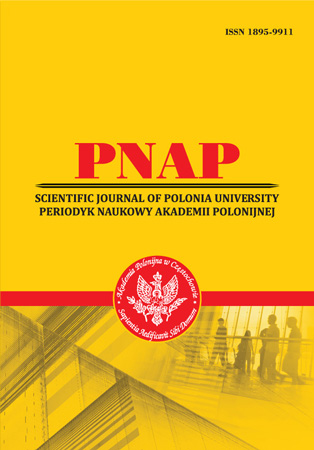THE ESTABLISHMENT OF A BALANCE BETWEEN PRIVATE INTERESTS OF THE AUTHORS AND PUBLIC INTERESTS OF THE SOCIETY IN THE DIGITAL AGE
Abstract
The aim of this paper is to analyse the DSM Directive through the perspective of insurance the balance between private and public interests. The paper analyses how technological growth has led to the adoption of the DSM Directive, the goals set by the legislator and if they were met in the DSM Directive. The paper as well reviews key points of the DSM Directive and how it influences the interests of different parties in copyright. The article focuses on press publishers’ rights, new exceptions and limitations and use of protected content by online content-sharing service providers, that were introduced by DSM Directive. The gaps of the DSM Directive are also reviewed in this article and how they impact the disbalance of interests in copyright. The article as well provides brief analysis how instruments brought up in DSM Directive may influence the copyright outside the EU. Methods used in this research: general scientific (analysis, induction, deduction), legal methods (legal comparation, formal legal method).
References
2. Directive (EU) 2019/790 of the European Parliament and of the Council of 17 April 2019 on copyright and related rights in the Digital Single Market and amending Directives 96/9/EC and 2001/29/EC (Text with EEA relevance.), OJ L 130, 17.5.2019, p. 92–125.
3. Ferri, F. (2020). The dark side(s) of the EU Directive on copyright and related rights in the Digital Single Market. China-EU Law J. https://doi.org/10.1007/s12689-020-00089-5
4. Judgment of the Court (Fourth Chamber) of 12 September 2019 VG Media Gesellschaft zur Verwertung der Urheber- und Leistungsschutzrechte von Medienunternehmen mbH v Google LLC, C-299/17, OJ C 383 from 11.11.2019, p.7.
5. Kapitsa Yu.M. (2019). Directiva 2019/790/ES pro avtorske parvo v yedynomu tsyfrovomu rynky ta pytannya adaptatsiyi zakonodavsta Ukrayiny [Directive 2019/790/EC on copyright in the Digital Single Market and the issue of adaptation of Ukrainian legislation] / Information and Law. 2019. No. 3(30). p. 65-77. http://ippi.org.ua/sites/default/files/10_14.pdf. [In Ukrainian]
6. Podszun R. (2014). Google und das Leistungsschutzrecht für Presseverleger aus kartellrechtlicher Perspektive [Google and the IP Right for Publishers from a Competition Law Perspective] SSRN Electronic Journal. https://ssrn.com/abstract=2504153. [In German]
7. Reda J., Selinger J., Servatius M. (2020). Article 17 of the Directive on Copyright in the Digital Single Market: A Fundamental Rights Assessment. SSRN Electronic Journal. 10.2139/ssrn.3732223.
8. Trotska V.M. (2019), Publichni interesy syspilstva = privatni interesy avtoriv. Chy mozhlyve dosyagnennya rivnovagy v tsufrovy epohy? [Public interests of society = private interests of the authors. If the balance is possible?] / Theory and practice of intellectual property. 2019. No. 2. p. 5-16. http://nbuv.gov.ua/UJRN/Tpiv_2019_2_2. [In Ukrainian]
9. Opinion of Advocate General Saugmandsgaard Øe delivered on 15 July 2021 (1) Case C‑401/19
10. Republic of Poland v European Parliament, Council of the European Union https://eur-lex.europa.eu/legal-content/EN/TXT/?uri=CELEX%3A62019CC0401.
Abstract views: 278 PDF Downloads: 251







